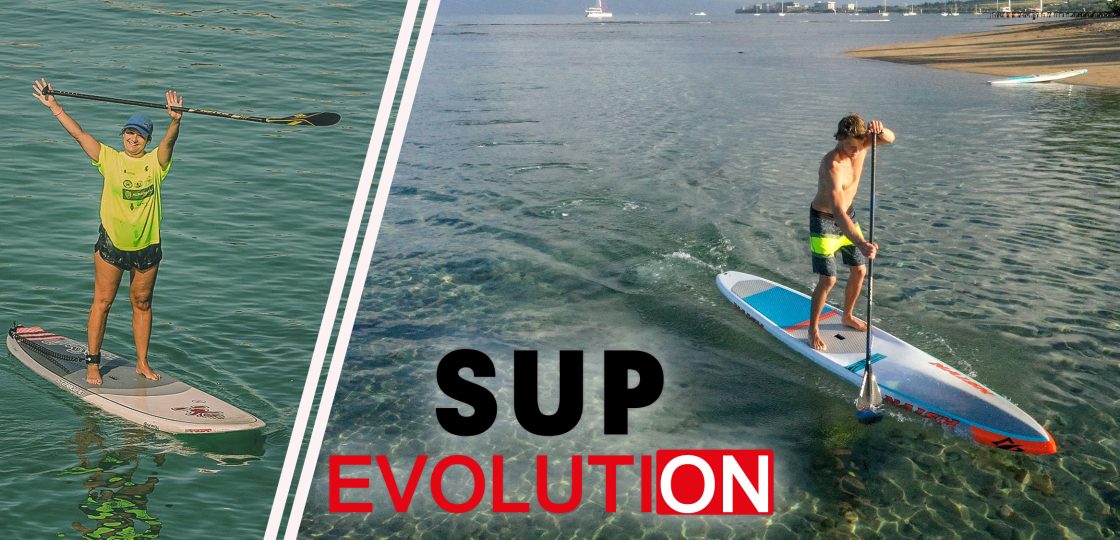In this SUP Evolution post we are going to introduce you to the wonderful world of Paddle Surf boards
Each one chooses their table according to tastes or needs, so before buying material, you have to take into account their pros and cons. Let’s start by talking about the two types of board materials: rigid or inflatable board.
INFLATABLE BOARD
Inflatable tables have par excellence become the best-selling tables for school or amateur use, but why? Basically this type of board offers you security, simplicity and easy transportation.
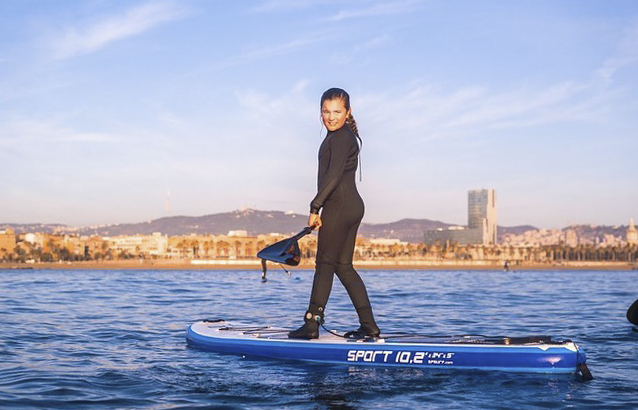
They are much safer than a rigid one in initiation stages since, if you suffer any fall and blow against the board, the blow is lighter and you save from breaking it. It is very comfortable to inflate it where you want, transport it in the car, travel with it, etc.
The cons? You must be careful when storing, since if you do not fold them correctly or if they are exposed to the sun, they can break without possible repair. In addition, the navigability is much slower. A board of this type does not run the same as a rigid one. Nor does it offer you sensations of turning, singing etc.
RIGID BOARD
It is clear that the evolution of the inflatable is the rigid board. Not only for its functionality, but, any modification it has in its form is real. Many brands sell different inflatable boards for specific conditions (waves, race or downwind) but very few come close to what they really are in its rigid version.
A rigid board offers you greater speed, a better reaction in movements, more performance in any condition and, of course, it is the option if you want to improve or compete in any discipline.
Now, what are the cons? Transportation and storage are more complicated. They usually have measurements of between 2 m. those of surf, up to 4 m. those of race. In addition, any badly given blow can cause breakage, which must be well repaired to avoid future problems.
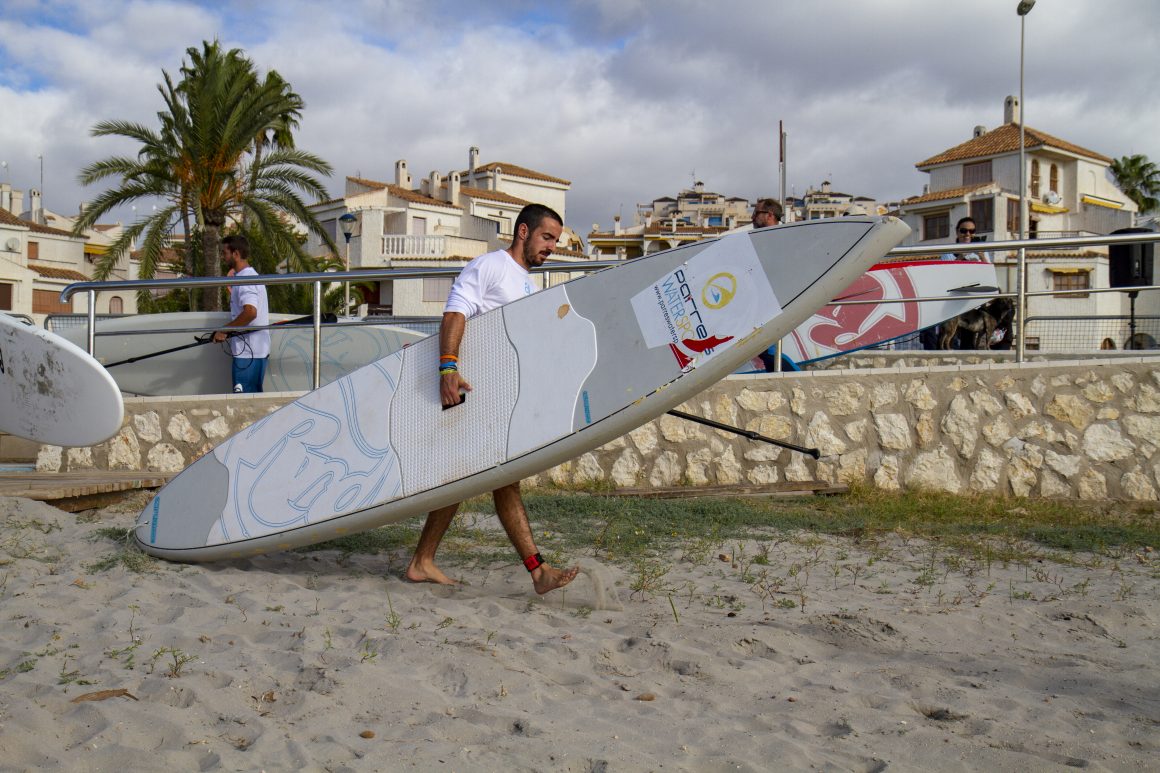
SHAPES CAN WE FIND IN BOTH MATERIALS
ALL-ROUND BOARDS
All-round boards usually have very comfortable shapes. Wide, round tips, and generally very stable. Virtually all school, inflatable or amateur boards use this type.
SUP SURF BOARDS
The SUP waves boards are cousins of the surf boards that we usually see in surf movies. What they have done in Paddle Surf has been to make them have much more buoyancy to be able to stand on them.
Within surf there are several types of shapes but, broadly speaking, what makes such a board more affordable are the litres of it. Up to 145 litres, a board is really simple if you have previous experience paddling. The most advanced riders use boards between 90-110 litres. Professionals riders use 70 litres.
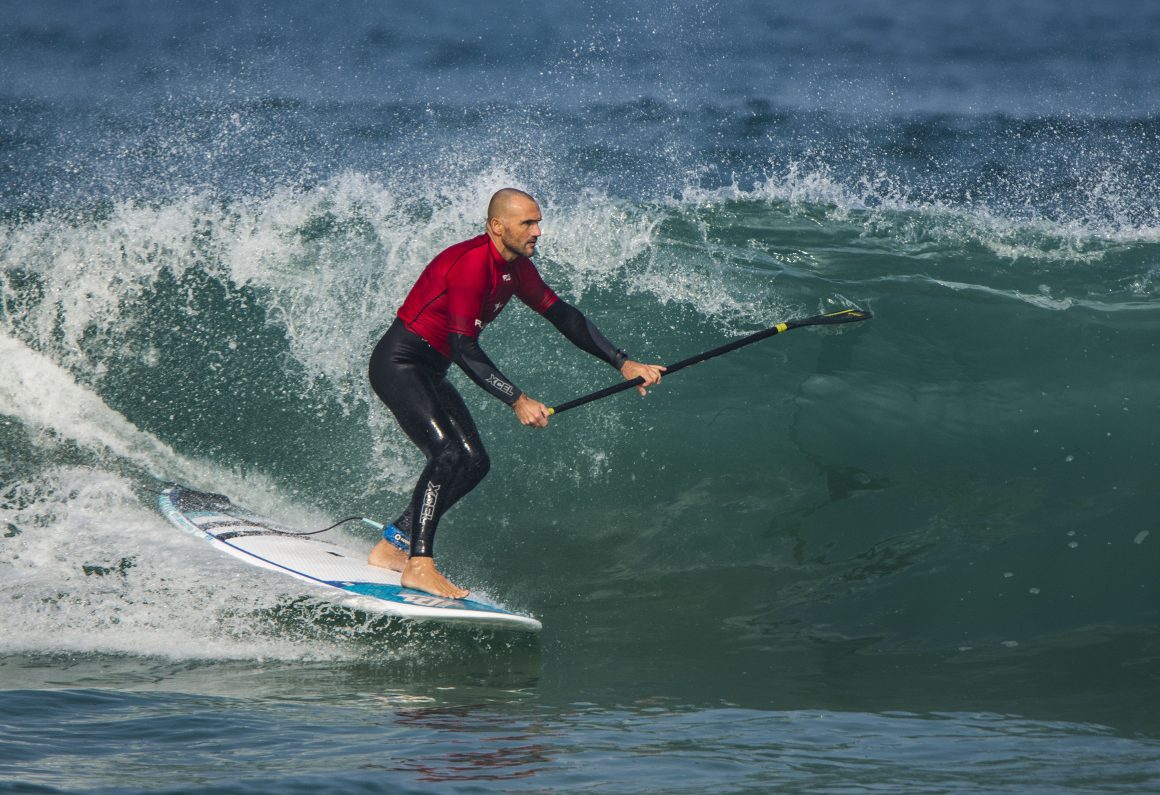
SUP RACE BOARDS
The race boards are chosen by competition professionals, amateurs who love crossings and anyone who wants to enjoy paddling effortlessly, they are boards that range from 3,8 m. up to almost 4.3 m. This gives a very good speed (between 7-10km/h) so that on long crossings, we can travel more distance in less time.
Within the race boards we can find three great types: allwater, flat and downwind.
All water boards are designed to be all terrain. Versatile designs that offer good navigation in any condition.
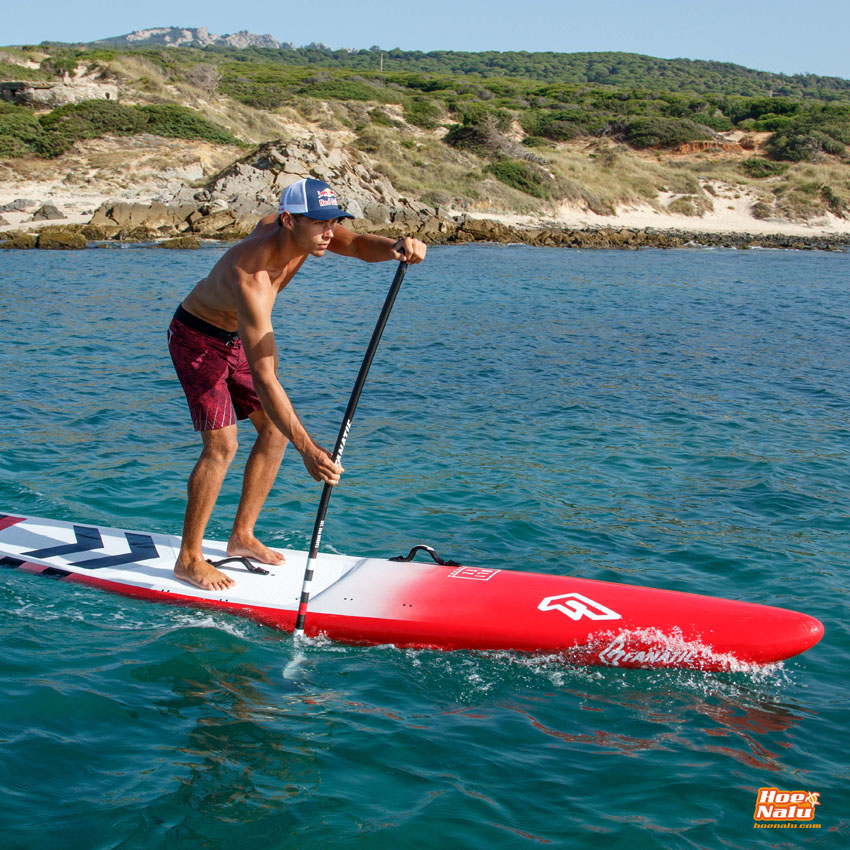
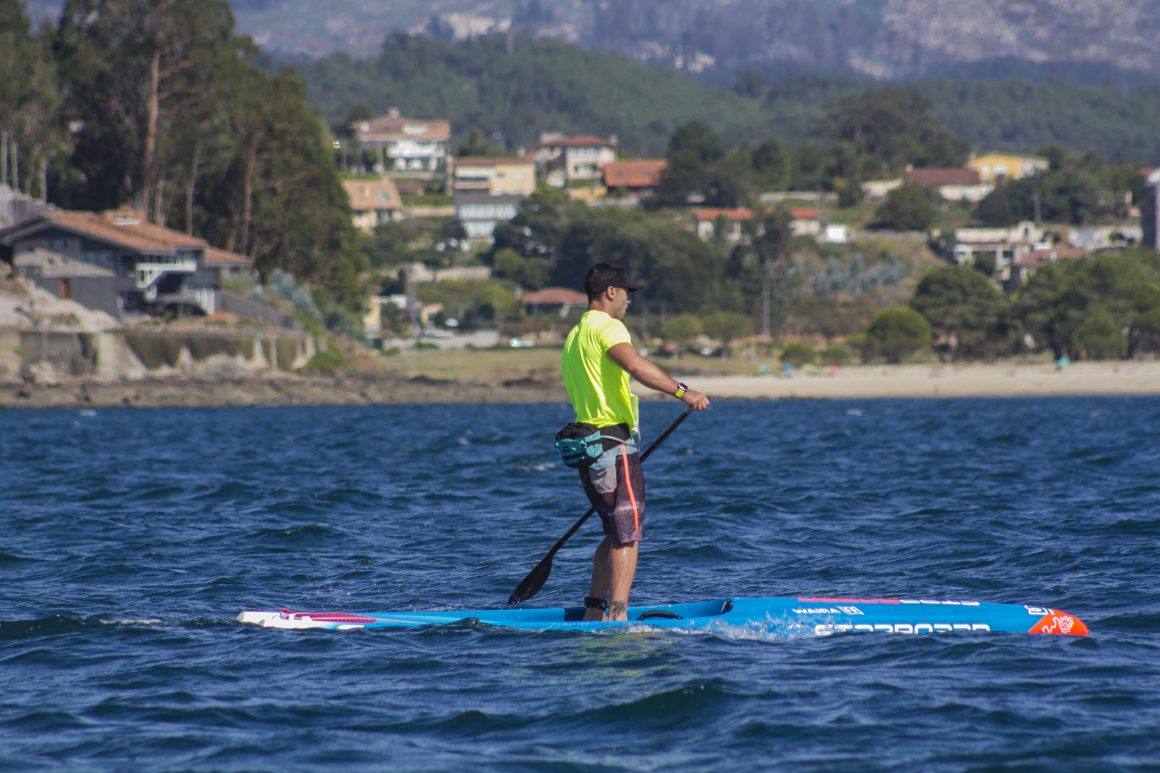
Flatwater’s boards have much better navigation in conditions of total calm. Its speed is somewhat higher and easier to maintain than any other board. They are somewhat penalized in wind and sea conditions.
Downwind boards have a very peculiar shape and are very comfortable and stable paddling in the wind. They offer navigation and surfing during these types of crossings.
